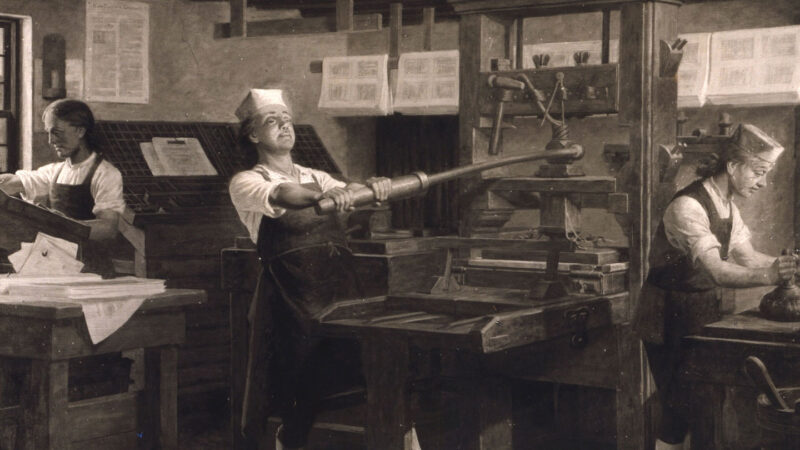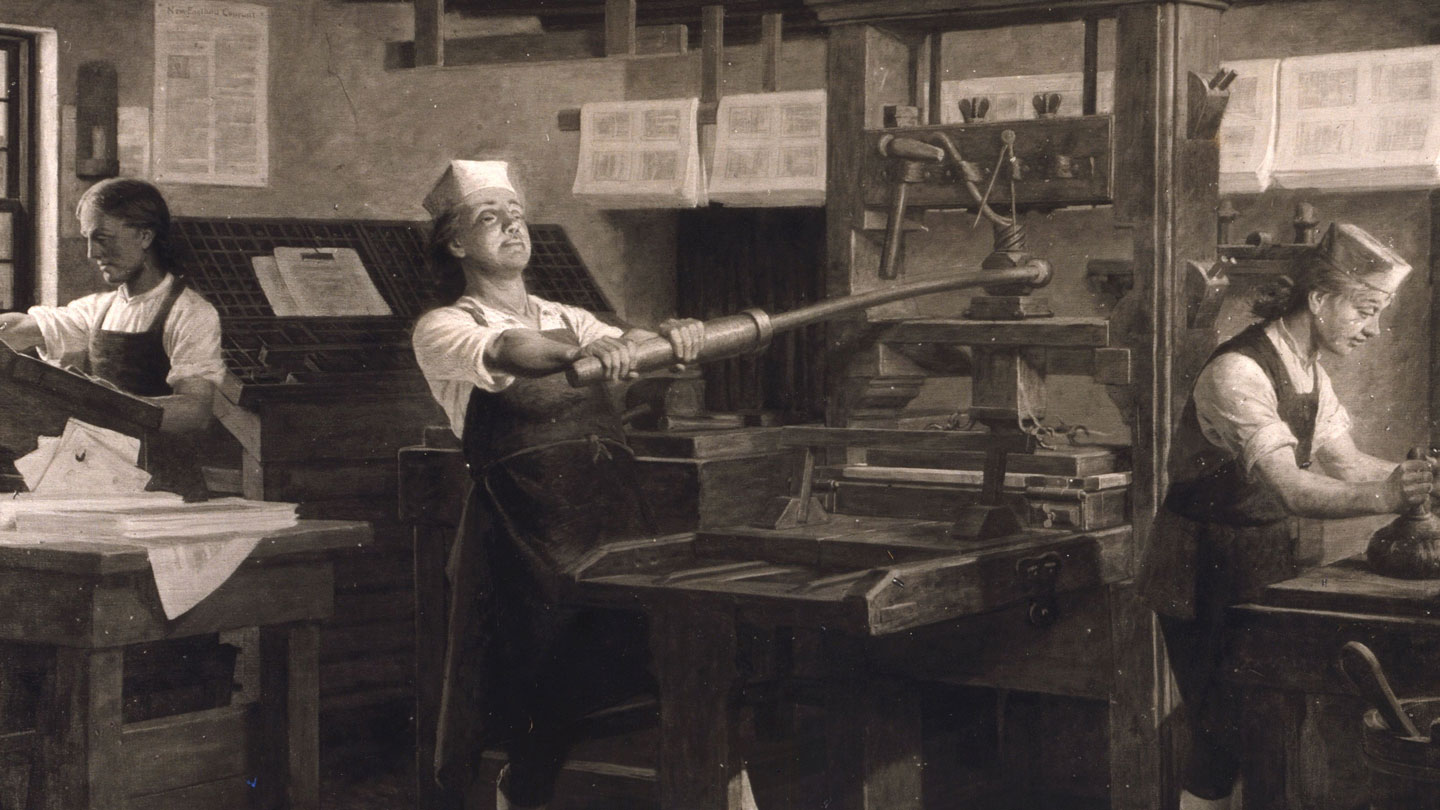
Benjamin Franklin’s printing business not only produced newspapers and almanacs but also paper money to support the colonial economy. Scientists have now confirmed some of the methods used by Franklin and his associates to prevent counterfeiting and ensure the success of early American paper currency. One of these methods involved adding a reflective mineral to the bills.
In previous studies, Manukyan and his colleagues used nuclear imaging techniques to analyze ancient Roman coins, medieval manuscripts, and other artifacts. When they discovered that Notre Dame housed paper money bills from the early colonial days of North America, the team decided to investigate further. They examined approximately 600 paper notes.
By utilizing techniques such as infrared, electron energy loss spectroscopy, and X-ray analysis, the researchers were able to observe features such as colored threads and muscovite, a crystallized mineral, incorporated into the paper. The blue threads are visible to the naked eye, and the muscovite creates a glimmer that reflects light. These features would have been difficult for counterfeiters to reproduce, according to the team’s report published on July 17 in the Proceedings of the National Academy of Sciences.
The team suggests that the muscovite, found in about 95 percent of the analyzed Franklin bills produced after 1754, likely came from the same geological area. The mineral was also likely used to enhance the durability of the notes, allowing them to withstand circulation better.
2023-07-17 14:00:00
Post from www.sciencenews.org
